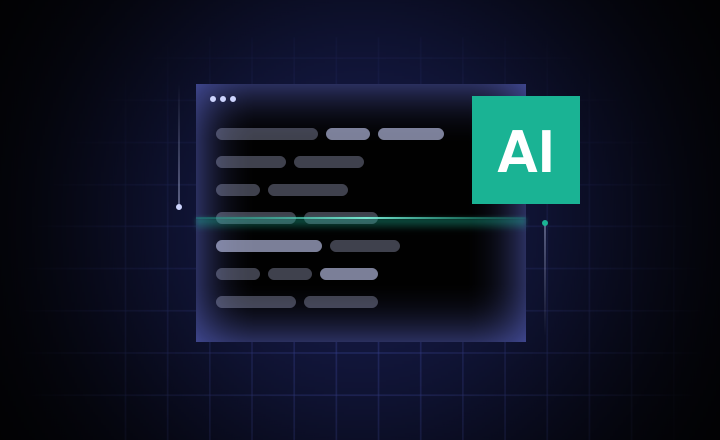
<p><a href="https://www.lokiproxy.com/pricing/rotating-residenial-proxy" rel="noopener noreferrer" target="_blank">residential proxies </a>have become a vital infrastructure in network marketing and automation technology, now evolving further with the integration of AI. Through intelligent algorithms and adaptive scheduling, AI redefines stability, efficiency, and anonymity. In comparing the performance of dynamic and static proxies, AI assistance has made their strengths and weaknesses clearer, offering precise guidance for diverse application scenarios.</p><p><br></p><p><strong>1. The Flexibility Advantage of Dynamic Proxies</strong></p><p>The key feature of dynamic proxies lies in their frequent IP rotation. For applications requiring high anonymity or extensive data scraping, AI can automatically detect blocking mechanisms and instantly switch nodes based on response signals, ensuring uninterrupted operations. This dynamic adaptability makes proxy behavior appear more natural, ideal for data crawling, SEO monitoring, and market research. However, excessive IP switching may cause latency or trigger additional verifications on some platforms.</p><p><br></p><p><strong>2. The Stability Strength of Static Proxies</strong></p><p>Static<a href="https://www.lokiproxy.com/pricing/rotating-residenial-proxy" rel="noopener noreferrer" target="_blank"> residential proxies</a> are known for their consistent, long-term IPs. With AI-driven behavior analysis, systems can allocate the most suitable geographic nodes and bandwidth resources, ensuring steady performance for multi-account operations, social media management, and SEO campaigns. For platforms that rely on trust and consistent interactions, static proxies provide a stable network identity, minimizing bans or flagging risks.</p><p><br></p><p><strong>3. AI-Driven Intelligent Decision Mechanisms</strong></p><p>AI not only improves efficiency but also transforms proxy selection strategies. It can automatically determine when to use dynamic or static IPs based on task type, optimizing traffic distribution through machine learning. For instance, in SEO link monitoring, AI evaluates each site’s security thresholds and switches proxy modes intelligently, balancing stability and stealth. This reduces manual intervention and enhances both efficiency and safety in proxy networks.</p><p><br></p><p><strong>4. AI Integration in LokiProxy</strong></p><p>As a leading brand in the industry, <a href="https://www.lokiproxy.com/pricing/rotating-residenial-proxy" rel="noopener noreferrer" target="_blank">LokiProxy</a> incorporates self-learning AI algorithms to achieve full automation—from node monitoring to traffic management. Its system dynamically allocates resources according to task requirements while maintaining high-quality static IP connections. This hybrid strategy allows dynamic and static proxies to work together seamlessly, enhancing user experience and offering a cost-effective solution for SEO professionals and automation teams alike.</p><p><br></p><p><strong>Conclusion</strong></p><p>AI is reshaping the core logic of proxy technology, transforming dynamic and static proxies from competing models into complementary systems. With intelligent resource allocation and risk control, <a href="https://www.lokiproxy.com/pricing/rotating-residenial-proxy" rel="noopener noreferrer" target="_blank">residential proxies</a> are reaching their full potential—and brands like <a href="https://www.lokiproxy.com/pricing/rotating-residenial-proxy" rel="noopener noreferrer" target="_blank">LokiProxy</a>, focused on AI-driven optimization, are leading the industry toward a smarter, more efficient future.</p>
